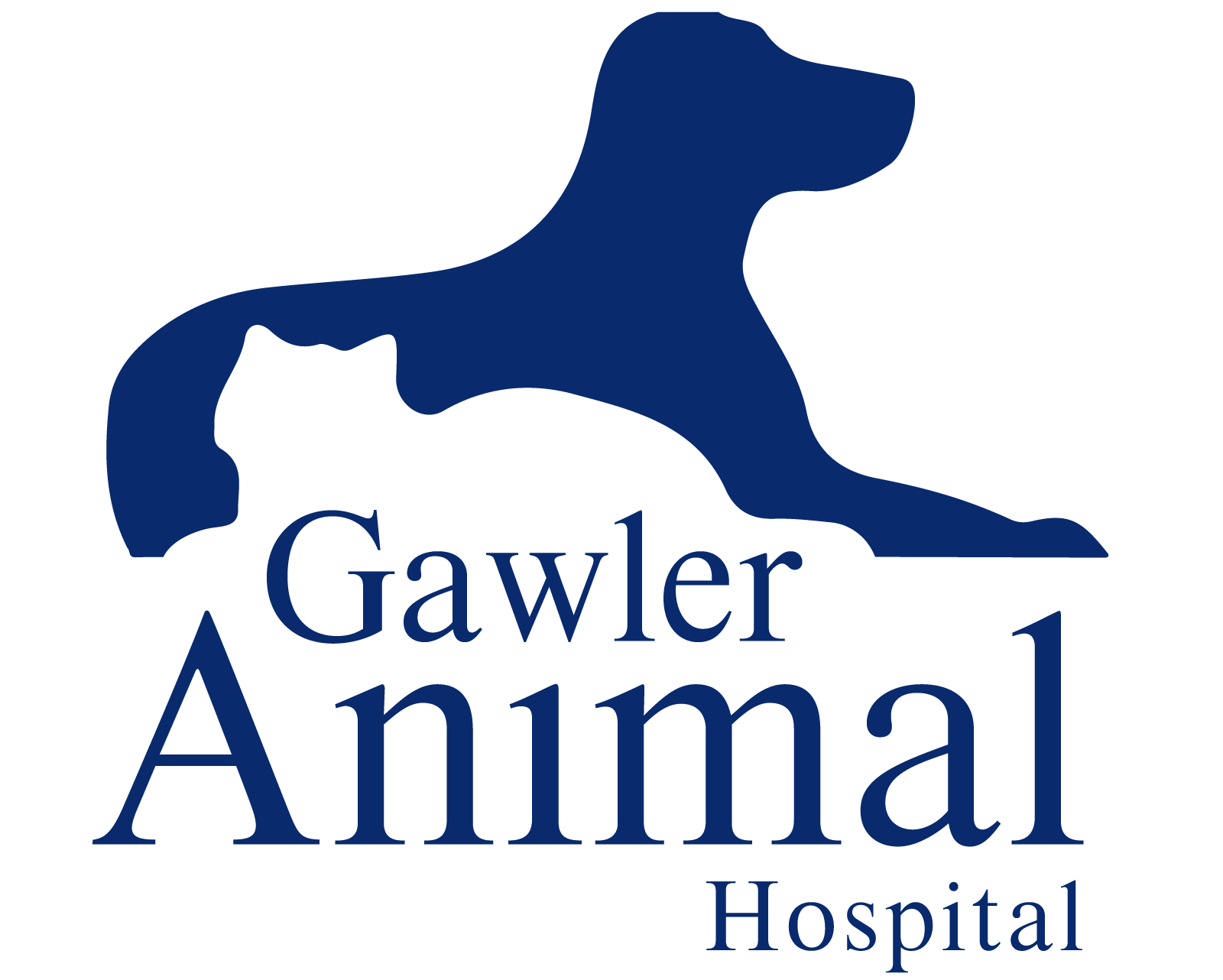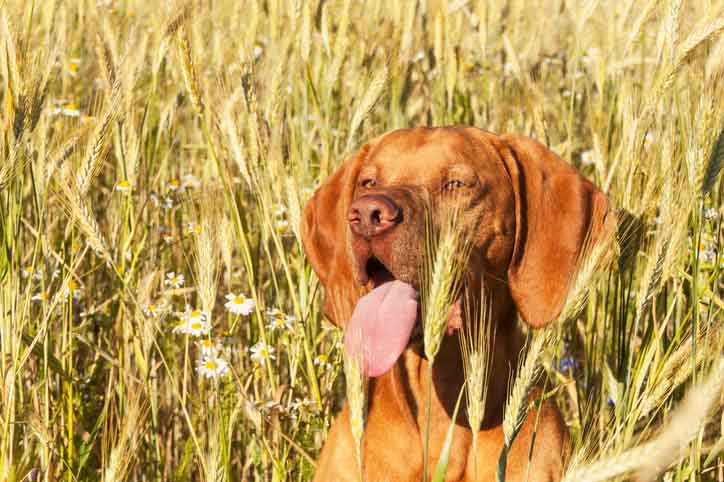Grass Seeds Galore! My apologies for reprinting some content from an article from last year but the message is the same and it’s a really important one. Over the last couple of weeks, when I bring back my dogs from their daily run, the evidence is clear – it’s grass seed season again!
Although those wheaten-coloured paddocks may look lovely and can be great fun for our dogs to run around in, they hold a hidden menace for both dogs and cats – grass seeds by the million! This means we’re about to get really busy at work, as grass seeds are an absolute plague for the local dog and cat population.
I’d like to give you a few pointers to help minimise the problem so here goes!
- Grass seeds are a big problem from October through to February
- During early Spring and Summer, the native grasses have dried out.
- Much like most other plants, native grasses rely on seeds for their spread and survival.
- Our pets are often the unwitting accomplices by carrying seeds in their coats and paws and therein lies the problem!
- They end up in every conceivable orifice or even penetrate intact skin
- Grass seeds have an uncanny ability to work their way into any nook and cranny and to cause all sorts of problems for your poor pet.
- Eyes, ears, noses and toes are the most common areas although there are other locations that shouldn’t really be mentioned in polite company.
- The seeds have tiny barbs on their surface and tend to work their way into and through soft tissue such as the skin between a dogs toes.
- Seeds keep moving and they leave behind a trail of destruction. The resultant infection and inflammation cause a load of discomfort for your pet.
- They hurt!
- A grass seed in the ear canal is a very painful and distressing experience for a pet.
- I can tell you from personal experience that having even part of a grass seed in your eye is no fun at all!
- Tell-tale signs are head shaking, sneezing, sore eye or a draining skin sinus
- Head-shaking and/or scratching at an ear are common problems
- We frequently see a draining sinus between the toes in dogs but can also show up as a red and raised swelling anywhere on the body
- Excessive licking at one spot on the coat or legs should alert you to a potential problem
- A grass seed under the eyelid (yes, the whole thing) shows up as a closed, weepy, painful looking eye
- Grass seeds up the nose cause violent and repeated sneezing to start with and then less frequent bouts of sneezing after a while
Ok, what happens next if you think your pet has a grass seed problem? Here are a few tips:
- Don’t delay or ignore these signs –
- not only do grass seeds cause pain and discomfort but they often create more problems the longer they’re left
- Secondary infections are common sequelae
- As the seeds keep moving, they bury themselves deeper and deeper and so are harder for us to find
- We’ll probably need to use anaesthetic to remove the offending seed
- It hurts to remove these pests and it’s neither safe nor humane for us to try with your pet – please don’t ask us to do this as we’ll probably refuse you!
- Don’t feed your pet before coming in for your appointment
- Finding a grass seed once it’s penetrated through the skin can be like finding a needle in a haystack. It’s often very difficult and can require repeat anaesthetics to locate.
What can you do to prevent your dog or cat picking up a grass seed? Well, there are several precautions you can take which will help:
- Don’t walk your dog in an area with long grass!
- Great idea but not always practical for those of us living in the country
- Keep your grass cut short!
- Avoidance is the key
- If you’ve recently cut long grass on your property, sweep up the cuttings to remove the rapidly drying seeds (typical time for us to see a problem)
- Keep your pets’ coat brushed and trimmed short,
- particularly around ears and toes
- Regular brushing removes seeds from the coat and prevents them working their way through the skin
- Inspect your dog or cat on a daily basis and remove any attached seeds
- Make sure you look between the toes
If you do think you may have a problem, don’t delay – give us a call on 8522 3500 and ask us for an appointment sooner rather than later. Alternatively, go online to book an appointment directly but don’t leave this too long. Your pets will thank you for arranging prompt relief from a pesky invading seed!






